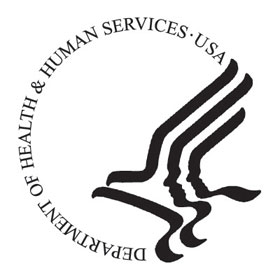On February 2, 2024, the U.S. Department of Health and Human Services (HHS) released a final rule expanding patient access to medications for the treatment of opioid use disorder (“OUD”). This new final rule implements changes that facilitate the use of telehealth generally and in connection with the delivery of care in mobile units, thereby expanding the geographic reach and patient access to opioid treatment programs (“OTPs”). This announcement closely coincides with the two-year milestone since the launch of the Biden administration’s Overdose Prevention Strategy, which featured a substantial $8 billion investment to combat OUD.
More on Final Rule
The prevalence of OUD has developed into a national crisis, and since 1999, overdose deaths from synthetic opioids, including fentanyl, have increased over 100-fold. The Federal government cites abundant evidence showing that methadone, buprenorphine, and naltrexone all reduce opioid use and OUD-related symptoms, and they reduce the risk of infectious disease transmission as well as criminal behavior associated with drug use. Using these medications in controlled environments to address OUD reduces narcotic cravings, effectively blocking the euphoric effects that unrestricted use of street drugs and other synthetic opioids have. The demand for buprenorphine treatment is evident, with approximately 40,000 new patients seeking assistance each month, culminating in a monthly total of around 860,000 patients.
Relative to access to opioid-assisted treatment of OUDs, in June 2021, the U.S. Drug Enforcement Administration (DEA) announced that it would allow all opioid treatment programs to add mobile units to help increase access to medications for opioid use disorder in rural and tribal areas, lifting a 13-year moratorium on new vehicles. As such, in the current environment, OTPs can dispense medication in a brick-and-mortar location or through mobile units. Because of the new rule allowing a telehealth clinician to visit for patient intake and to initiate treatment, individuals suffering from OUD may be reached in situations where they do not have reliable access to transportation and clinicians do not need to travel to reach patients.
This Final Rule allows the initiation of treatment through telehealth, facilitating the use of audio-visual technology for OUD treatment and audio-only technology for buprenorphine treatment. It also expands provider eligibility under Federal law to prescribe opioids through an OTP. Now, where state law allows, nurse practitioners and physician assistants may initiate OTP treatment for an individual suffering from OUD.
The Final Rule further provides flexibility in the provision of take-home doses of methadone via telehealth. Removes prior limitations on unsupervised or take-home use. OTPs can now dispense up to 28 days of “take-home” methadone doses for “stable” patients and up to 14 doses for “less stable” patients, subject to the OTP’s assessment of the patient’s ability to handle take-home medication safely.
The Final Rule also removes the previous requirement for patients to have a one-year history of addiction before becoming eligible for treatment. It also eases regulations regarding mobile units and enables states to utilize block grant funds for the purchase and use of these units.
These OUD treatment expansions are designed to stem disruptions to patients’ employment, education, family-care and other responsibilities and allow for a more continuous and reliable treatment plan. Creating more flexibility in accessing treatment is particularly beneficial for individuals facing challenges with reliable transportation.


